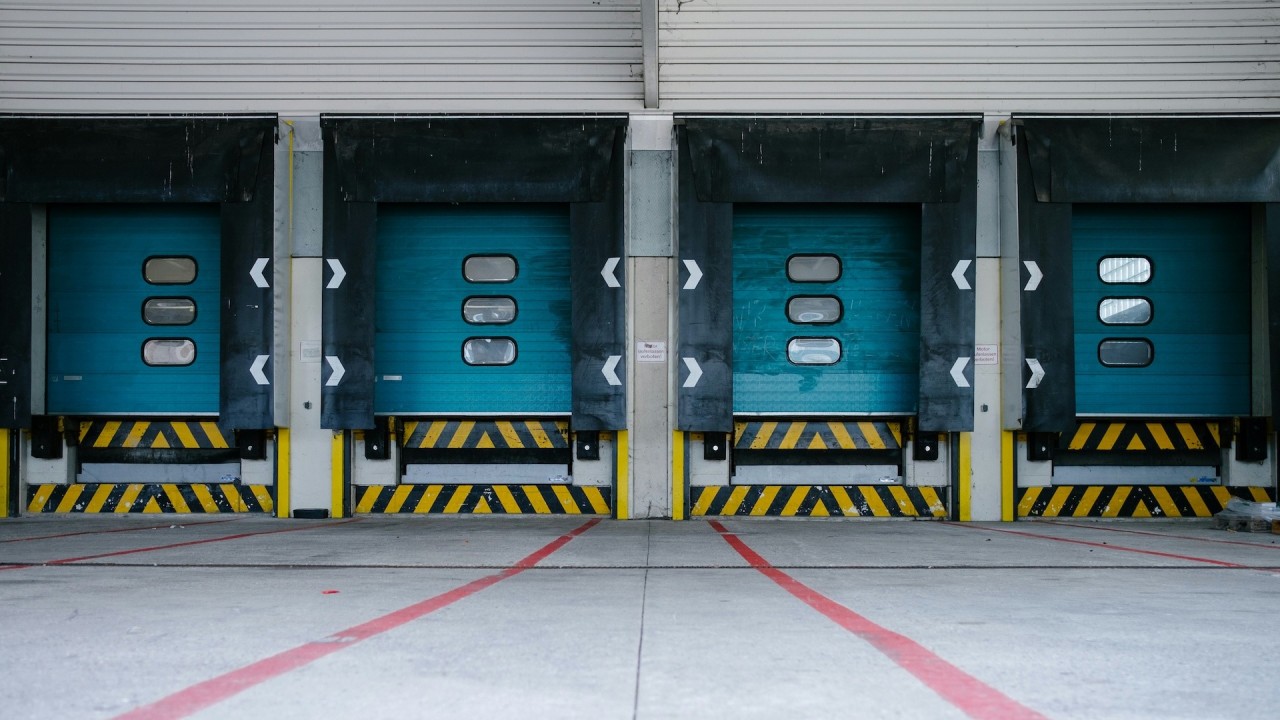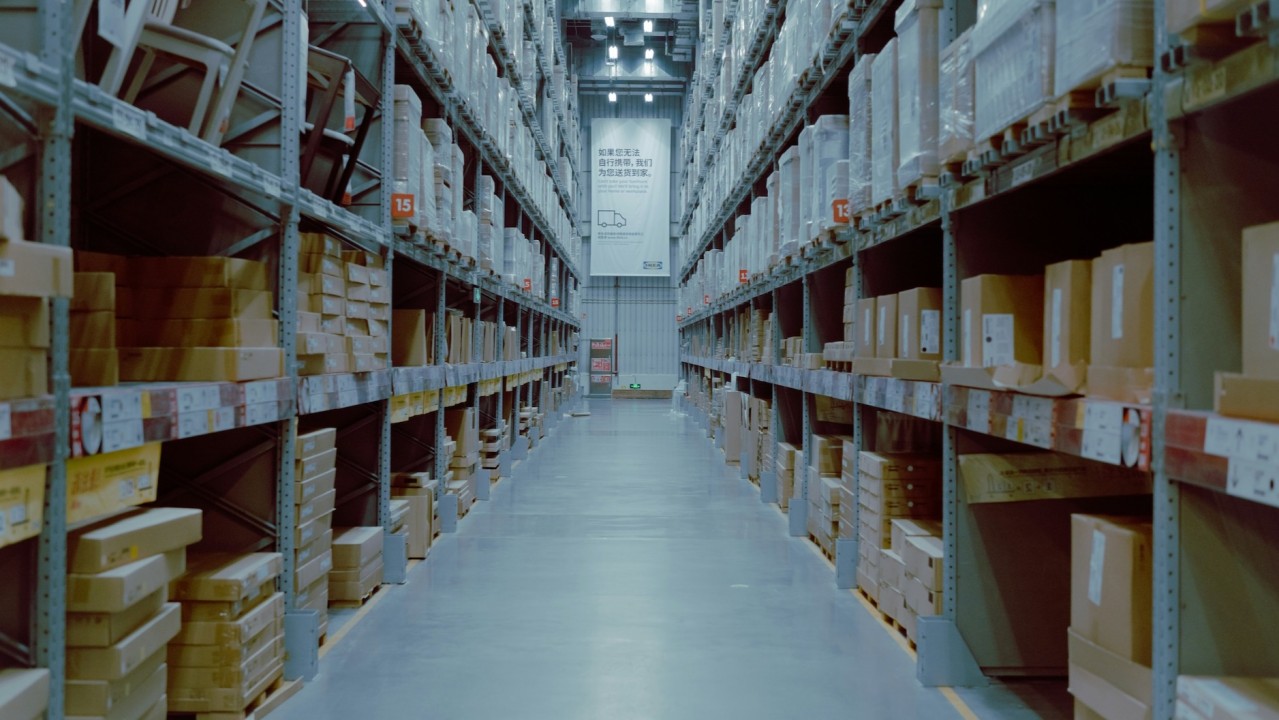Customer loyalty is a fickle thing: 85% of consumers won’t re-buy from a retailer after one negative delivery experience. Additionally, 75% spend more money and are more loyal to brands with excellent last-mile experiences.
Serge Lazimi, senior VP of corporate development at Bringg, shared how a strong last-mile strategy supports long-term customer retention and growth.
Key takeaway: Winning or losing customers is ultimately a downstream effect of digital transformation. Delivering consistent (and exceptional) customer experiences requires the right data-driven processes and technologies to ensure last-mile operations run smoothly–no matter what.
“Over the last few years, we’ve seen retail and logistics leaders fully connect key processes across their supply chain,” said Lazimi. “Without that level of integration, inefficiencies pile up, operational costs go up, and customer satisfaction goes down.”
Maintaining customer contentment across the last mile is vital. And retailers know it: 75% of retailers said delivery directly impacts customer loyalty, according to Bringg’s 2025 industry report The State of the Last Mile: Challenges, Insights, and Implications.
After analyzing the report, Lazimi said, “The connection between delivery and loyalty highlights how critical it is for retailers to balance their investments—not just across product lines, but also in how efficiently and reliably they get products into customers’ hands.”
Lazimi also said creating more reliability transcends simply investing in the right last-mile digital infrastructure: businesses need a new mindset. Digital teams (which might include eCommerce, IT, and/or data analytics) and logistics teams, as well as fleet management, often operate in silos using fragmented data.
“Leading retailers and logistics providers are rethinking their last-mile strategies across the entire value chain and improving cross-functional collaboration,” said Lazimi. “Instead of teams executing at the direction of commerce teams, they are working more closely to identify which delivery promise drives the most revenue without sacrificing profit. This opportunity is possible when delivery is valued during the shopping experience just as much as when fleets are en route.”
Read more of Lazimi’s insights and advice on the ties between digital transformation and customer loyalty—all rooted in his analysis of Bringg’s State of the Last Mile report.

Why is digital transformation critical for retailers and 3PLs looking to succeed in last-mile delivery?
What we consistently hear from retailers and 3PLs is that digital transformation plays a critical role in connecting and streamlining processes across the entire supply chain. Without that level of integration, many share that they struggle with rising inefficiencies, higher operational costs, and growing customer dissatisfaction.
And while technology is a key part of transformation, leaders also emphasize that it takes more than just the right tools—it requires alignment across teams, processes, and strategies. Last-mile success is rarely achieved in a silo; it’s the result of a unified effort that spans logistics, technology, and customer experience teams working together under a shared vision.
How can digital transformation simplify multi-carrier management while ensuring quality services and brand experience?
Retailers that choose to work with multiple carriers have already taken three big steps. First, they stepped out of their comfort zone and recognized that relying on a single carrier isn’t efficient. Second, they committed to the challenges that come with managing multiple carriers—everything from legal agreements to operational workflows. Third, they embraced setting up business rules to make sure orders are allocated in the best way without compromising the customer experience.
This is where digital transformation is essential. It’s not just about adding more carriers; it’s about having the right technology and processes to make it all work together. It means selecting the best carrier for each order or batch of orders based on cost, speed, and reliability. The goal is to ensure a consistent customer experience—regardless of carrier—while also maintaining real-time visibility so that delivery issues are addressed before they turn into bad experiences.

The report notes that customer loyalty is heavily impacted by delivery performance. What role does last-mile digital transformation play in improving visibility and communication to enhance customer trust?
Building trust starts with setting the right expectations from the moment a customer begins their shopping journey and ensuring clear, real-time visibility throughout the fulfillment process. Over-promising delivery dates is risky, but failing to communicate when something goes wrong damages trust.
That’s why having predictive models and reliable data sources are so important—they help retailers anticipate potential issues before they become real problems. And when unexpected delays happen, strong exception management ensures customers receive updates, which builds trust as opposed to leaving them frustrated.
“Last-mile success is rarely achieved in a silo; it’s the result of a unified effort that spans logistics, technology, and customer experience teams.”
What advice would you give retailers struggling with fragmented data and limited visibility in their last-mile operations?
The biggest challenge in solving fragmentation isn’t the technology, it’s the mindset. IT, eCommerce, data analytics and logistics teams operate in silos too often and treat last-mile operations as a simple handoff rather than a strategic collaboration. The same disconnect happens with fleet management, where internal drivers and third-party carriers are handled separately instead of being leveraged together for maximum efficiency.
My advice is to redefine the last-mile strategy across the value chain—everything from the moment a customer lands on the website through to returns. Encourage cross-functional collaboration so teams work together rather than in isolation.
What is the key takeaway for retailers and logistics providers?
Retailers now orchestrate deliveries across multiple providers—blending in-house fleets with external carriers to balance efficiency and cost. For logistics providers, this shift means trying to cover 100% of a shipper’s needs is no longer realistic. Instead, focus on delivering the most value in the areas where they perform best.
This ecosystem-driven approach benefits everyone. Retailers gain the flexibility to choose the best carrier for each order based on factors like performance, cost, and capacity. Meanwhile, carriers can concentrate on their strengths, building density in the regions where they operate most efficiently—boosting both profitability and service quality.
A well-orchestrated last-mile strategy, powered by digital transformation, does more than just streamline logistics—it turns delivery into a competitive advantage. And that, ultimately, increases customer loyalty.
Read The State of the Last Mile: Challenges, Insights, and Implications



